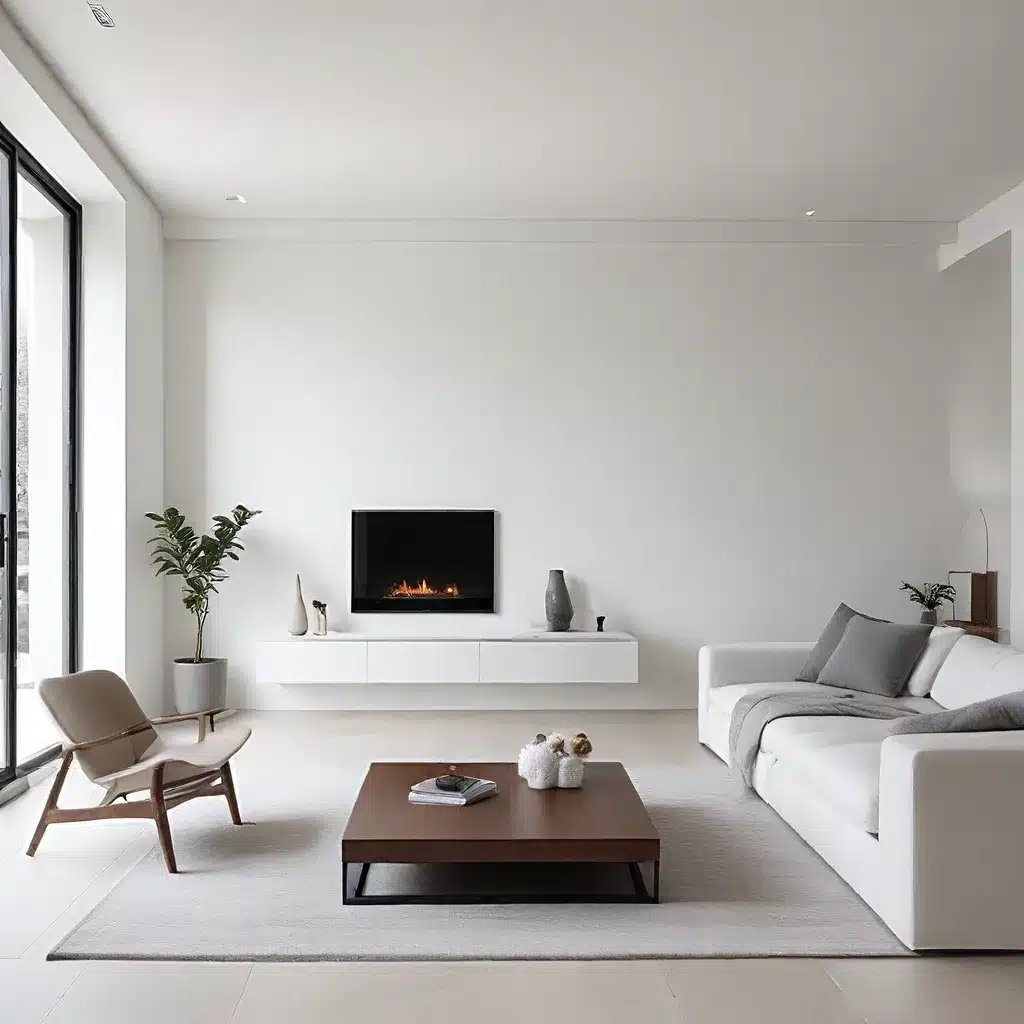
In today’s fast-paced world, minimalism has become a sought-after style for homeowners looking to create a sleek and contemporary living space. The clean lines, simplicity, and functionality that minimalist design offers have made it a popular choice for modern interiors, particularly in the kitchen. But minimalism is more than just an interior design trend – it’s a lifestyle and ethos that celebrates intentionality, simplicity, and the art of less.
Embracing the Minimalist Mindset
Minimalism is all about eliminating unnecessary clutter and focusing on the essentials. It’s a philosophy that encourages us to be mindful of the objects we bring into our homes and to prioritize quality over quantity. By decluttering and streamlining our living spaces, we can create an environment that nurtures our well-being and reduces stress.
Studies have shown that the way we perceive our homes can have a significant impact on our mental and physical health. Women who described their homes as cluttered and unfinished reported higher stress levels and poorer health markers, while those who mentioned restfulness and nature felt less stressed and healthier. By embracing a minimalist approach to interior design, we can transform our homes into sanctuaries that promote relaxation, focus, and a sense of calm.
Minimalist Design Styles
While minimalism is often associated with a monochromatic color palette and clean, geometric lines, it can be incorporated into a variety of interior design styles, each with its own unique flair and personality. Let’s explore some of the most popular minimalist-inspired design styles:
Eco-Minimalism: This style focuses on sustainable, ethically-sourced materials and eco-friendly designs, blending minimalist aesthetics with a commitment to environmental consciousness.
Mid-Century Modern Minimalism: Mid-century modern design, with its timeless, versatile aesthetic and emphasis on neutral, earthy colors and sleek, slimline furniture, is often paired with minimalist principles to create an elegant, sophisticated look.
Hygge: The Danish-Norwegian concept of coziness, simplicity, and comfort is the foundation of the Hygge style, which incorporates minimalist elements to enhance the calming, functional nature of the space.
Wabi-Sabi: Rooted in Japanese interior design, Wabi-Sabi embraces the beauty of imperfection, natural materials, and simplistic designs, with minimalism serving as a core principle.
Japandi: A harmonious blend of Japanese and Scandinavian design, Japandi combines the clean lines, natural materials, and functional accessories of both styles, creating a serene, minimalist-inspired aesthetic.
Industrial Minimalism: This style blends the raw, rugged elements of industrial design with the simplicity and sleekness of minimalism, resulting in a modern, edgy look.
Mastering the Elements of Minimalist Design
Regardless of the specific style you’re drawn to, there are several key elements to consider when creating a minimalist-inspired interior:
Decluttering and Streamlining
The foundation of minimalism is decluttering and simplifying. Begin by assessing your possessions and removing anything that no longer serves a purpose or brings you joy. This can be an overwhelming process, so take it step-by-step and consider enlisting the help of family or friends.
Minimalist Furniture
When selecting furniture for a minimalist space, focus on compact, multifunctional pieces that optimize space without sacrificing comfort or functionality. Look for clean lines, simple shapes, and high-quality materials that will stand the test of time.
Innovative Storage Solutions
Effective storage management is essential in a minimalist home. Incorporate multi-purpose furniture, built-in cabinetry, and vertical storage systems to keep everyday items organized and out of sight, maintaining a clutter-free and streamlined aesthetic.
Mindful Color Palette
While neutral and monochromatic color schemes are often associated with minimalism, strategic pops of color can add visual interest and personality to the space. Opt for a balanced, harmonious palette that complements the clean, uncluttered feel of the room.
Embrace Blank Space
Blank space is just as important as the furnishings and decor in a minimalist interior. Embrace the open, airy feel of empty corners and surfaces, allowing your carefully selected pieces to take center stage and creating a sense of calm and tranquility.
High-Quality Materials and Textures
The materials and textures you choose for your minimalist space should be high-quality, durable, and visually appealing. Incorporate natural elements like wood, leather, and cotton to add warmth and tactile interest, balancing the clean, streamlined aesthetic.
Thoughtful Lighting
Lighting plays a crucial role in a minimalist interior, with an emphasis on natural light and sleek, unobtrusive fixtures. Consider statement lighting pieces that contribute to the overall design, as well as warm, ambient lighting for a cozy, inviting atmosphere.
Intentional Decor
In a minimalist space, less is more when it comes to decor. Carefully select a few meaningful, high-quality pieces that serve a purpose or evoke an emotional response, and arrange them with thoughtful intention to create a cohesive, visually pleasing environment.
Personalize Your Minimalist Oasis
While the principles of minimalism – simplicity, functionality, and intentionality – are essential, it’s important to remember that your minimalist home should reflect your unique personality and lifestyle. Incorporate personal touches and meaningful elements that make the space truly your own, striking a balance between the clean, uncluttered aesthetic and the warmth and character that makes a house a home.
By mastering the art of minimalist design, you can create a living space that not only looks stunning but also promotes well-being, reduces stress, and allows you to focus on what truly matters. Collaborate with an experienced interior designer to bring your minimalist vision to life and **elevate your everyday living with a sleek, streamlined sanctuary that nourishes the mind, body, and soul.

